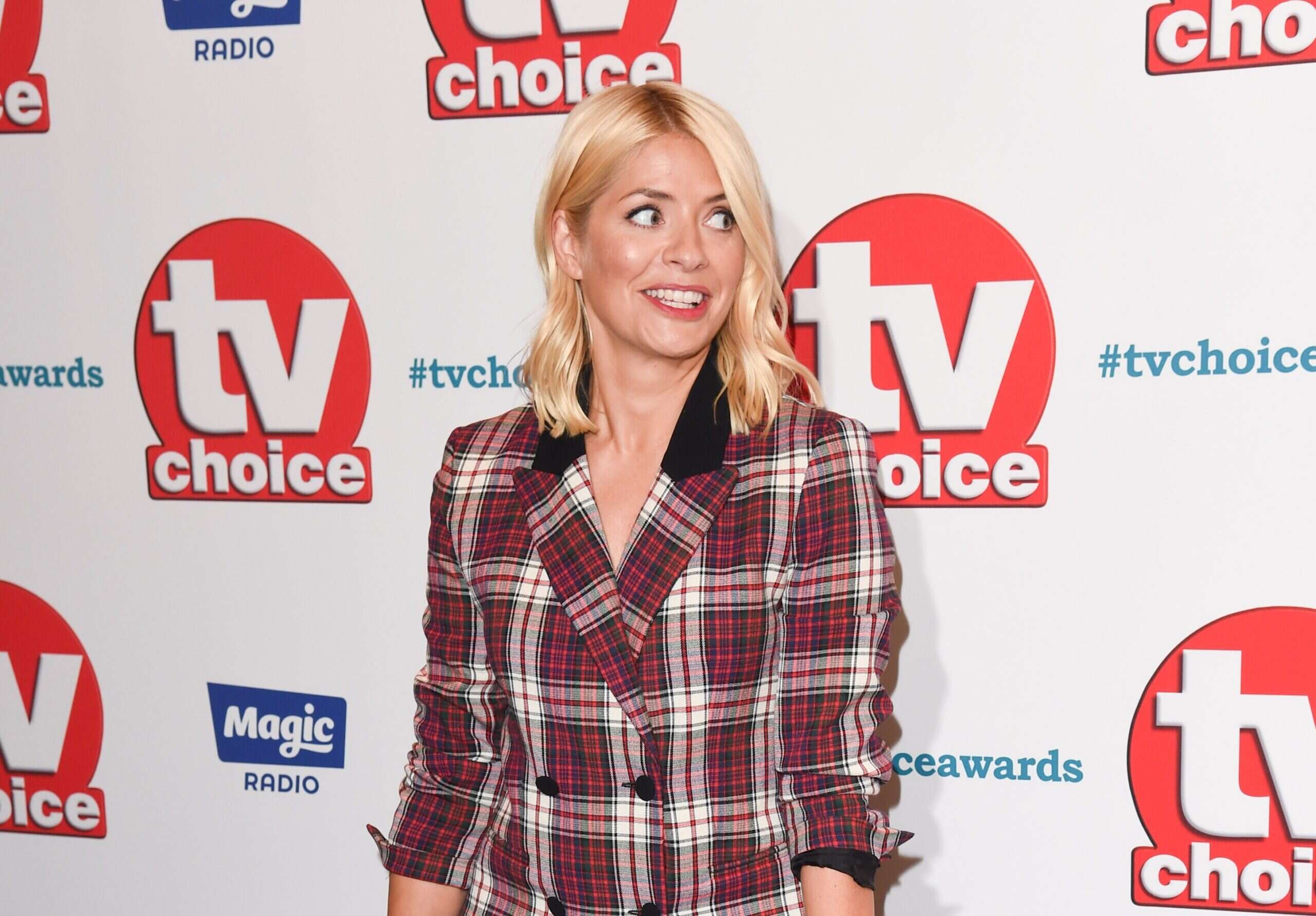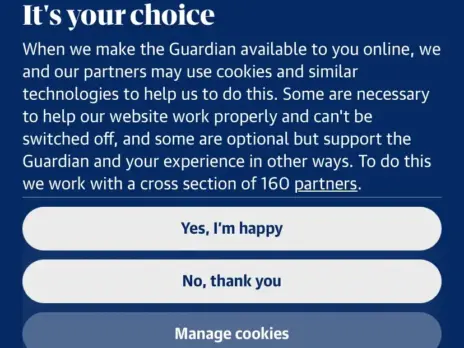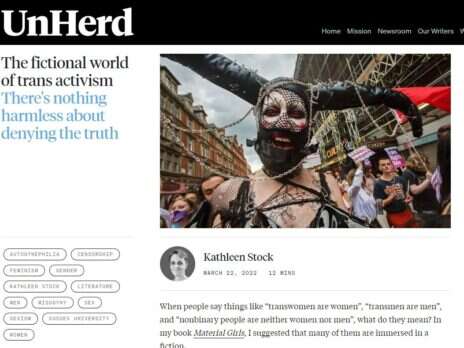
Being a social media influencer is big business.
With an increasing number of large companies – from McDonald’s in the United States to Marks & Spencer in the UK – shifting advertising resources from traditional media to popular social media users, some estimate the market could be worth more than $20bn within a few years.
Advocates say that influencer marketing offers brands a cheaper and more effective route to consumers. But it is also easy for social media users to cheaply buy followers and clicks – and therefore fake influence.
What is an influencer and how does one make any money?
The term ‘influencer’ – used to describe a popular social media user who affects consumer behaviour through their online activity – is relatively new to most people. Merriam-Webster added the word to its dictionary in May 2019.
The biggest influencers are celebrities best known for their non-social media pursuits, like footballer Cristiano Ronaldo, pop star Ariana Grande and wrestler-cum-actor Dwayne “The Rock” Johnson.
But there are a growing number of prolific social media users who have become minor celebrities because of their influencer activity. For example, British TikTok user Holly H (real name Holly Hubert) has amassed 16.6m followers on the Chinese platform thanks to her popular lip-sync videos.
In the early days of social media, having a large following was morale-boosting but not especially lucrative (not directly, at least, although it would have been good for self-promotion).
Today, Cristiano Ronaldo is thought to earn more money every year – $47.8m, according to Buzz Bingo – from promotional Instagram posts than from playing football. Users like Holly H, meanwhile, run paid partnerships with brands such as Chinese phone giant Huawei.
According to a recent report by Klear, celebrity influencers (defined as those with more than 500,000 followers) make an average of $2,738 for a sponsored post and $4,678 for a video.
Even “nano” influencers (those who have between 500 and 5,000 followers) can make $111 for an Instagram video.
GamblingDeals.com estimates that the top TV presenter on Instagram, Holly Willoughby, could make £14,000 per post. It has compiled a list of the top potential UK media personality earners on Instagram using information from Influencer Marketing Hub.
This Morning presenter Willoughby uses her large followings on Twitter and Instagram to promote products via deals with Dunelm, Garnier UK and Marks & Spencer.
!function(){“use strict”;window.addEventListener(“message”,(function(a){if(void 0!==a.data[“datawrapper-height”])for(var e in a.data[“datawrapper-height”]){var t=document.getElementById(“datawrapper-chart-“+e)||document.querySelector(“iframe[src*='”+e+”‘]”);t&&(t.style.height=a.data[“datawrapper-height”][e]+”px”)}}))}();
The full table of UK TV media influencers and potential Instagram earnings is here:
The growth of the influencer market
The story of how Kyle Hjelmeseth built up his business, LA-headquartered G&B Digital Management, illustrates how rapidly influencer marketing has grown into a major industry.
“I got into the business in 2014,” he tells Press Gazette. “I had kind of been around in the business but I didn’t know that I was in it. I guess when you’re in it, you don’t know you’re in it.”
G&B Digital Management is an agency that represents influencers and negotiates marketing deals with brands.
Hjelmeseth started out by representing his now-wife, who he says was being paid around $100 “here or there” to represent brands on her blog.
“The deals were pretty small,” he says. “But what happened, when I started [managing] some of her inquiries on her behalf was that we quadrupled the amount of money she was making in that first year. Just immediately I would ask for four times the rate, whatever she would have asked, and people would say yes.”
Her friends then began asking Hjelmeseth to represent them also and his company now represents dozens of social media stars.
An $8bn market: but is it worth it for brands?
As a new market with thousands of small operators, calculating the size of the influencer market is challenging, and so estimates vary.
A Business Insider Intelligence report estimated that the market was worth up to $8bn as of December 2019. It forecast that the industry’s value is likely to rise to $15bn by 2022. More recently, a Million Insights report this month projected that the market would be worth $23.5bn by 2025.
“There’s a lot of explosive growth,” says Hjelmeseth. “And that is because consumers have shifted dramatically to social media to do their shopping – to do their style, shoes, to find out where to eat.”
Hjelmeseth believes influencers have helped retailers operating through the Covid-19 crisis.
“Retail would be insurmountably more devastated without influencers,” he says. “Because influencers have become the billboards that people are not out seeing. They’ve become the store window.
“There is no shopping in malls right now. There is no hanging out with your friends at the mall. There is no window shopping. There is no perusing the car window.
“So all of that behaviour has shifted online, and instead of going to a store to check out the windows or browse, now I browse through my favourite influencers and what they’re wearing and what they’re enjoying.”
Clearly, many marketing executives agree with Hjelmeseth’s sentiment. In the UK, it’s not just young brands like Pretty Little Thing and Nasty Gal that use influencer marketing – Marks & Spencer is said to be shifting more ad resources towards influencers this Christmas.
Majority of companies report bad influencer experiences
However, for all of the enthusiasm, a recent investigation into the market found that 85% of ‘fast-moving consumer goods’ (FMCG) companies have had a negative influencer experience.
A report from Duff & Phelps and Kroll last week, which was based on a survey of 900 marketing and brand managers, found that 25% of FMCG companies have suffered a loss of between $100,000 and $250,000 from a negative influencer experience.
Benedict Hamilton, managing director in Kroll’s Business Intelligence and Investigations practice, also warned that companies need to be careful to research the backgrounds of influencers they choose to work with.
“Companies spend years creating brands built on trust and loyalty, characteristics which are hard-won but can be quickly lost, and are difficult to regain,” he said.
“When a negative incident with an influencer occurs, the reputational damage that follows can have long-term commercial impacts.
“Companies need to do their due diligence and not just take an influencer at ‘face value’.
“We are seeing increasing demand from brands to investigate influencers’ online activity and identify potentially sensitive issues, including those posted many years ago, to allow brands to establish whether or not an influencer’s values match their own, and ensure they are making informed decisions about their influencer programmes.”
Click farms and fake followers: a $1.3bn problem
Arguably the largest influencer issue for brands to contend with is the prevalence of fake followers and clicks.
A simple Google search offers up several websites on which social media users can buy Instagram followers, Facebook likes, Twitter retweets, YouTube views and TikTok fans. One prominent website, for example, offers 25,000 Instagram followers for $280.
A 2019 report from Cheq, a cybersecurity company that specialises in bot mitigation and user authentication, estimated that fake influencer marketing cost brands $1.3bn last year.
Daniel Avital, Cheq’s chief strategy officer, told Press Gazette that big advertisers and brands are beginning to apply more scrutiny to influencers’ authenticity. But he added that this is not always a cheap and straightforward process, so there are still large opportunities for fake influencers.
So how easy is it to build a fake online presence to trick brands into thinking you are an influencer?
“I still think it’s quite doable,” says Avital. “If you were to be selling to the world’s leading brands and agencies, I think they’re more educated about this issue and they apply more scrutiny…
“But what is doable is for you personally, if you wanted to position yourself as an influencer in fashion – you can open an Instagram account, you can have if you want half a million followers and you could do it fairly quickly, maybe within weeks or a few months. And you could do it for fairly reasonable expense.
“And it wouldn’t even be strictly speaking illegal, the way it’s set up. It might be a violation of a social media platform’s terms and conditions, but you couldn’t be prosecuted with criminal charges. So it’s still easy to do.”
ASA guidelines
In the UK all marketing material must be labelled as such according to rules set by industry regulator the ASA. For publishers, this means clearly stating that articles are “sponsored” or “supported by” advertisers when it comes to native content.
Influencer advertising is far murkier with many not declaring their commercial sponsorship. This presents further risks for brands who could be accused of fraudulently trying to influence consumers.
Email pged@pressgazette.co.uk to point out mistakes, provide story tips or send in a letter for publication on our "Letters Page" blog






